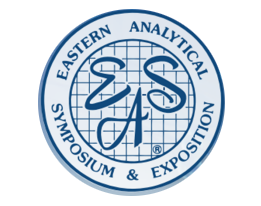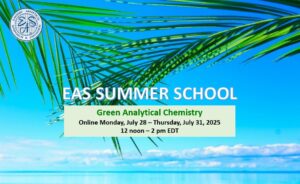One-Day Course
Sunday, Nov. 12; 8:30am – 5:00pm
Dr. Michael W. Dong, MWD Consulting, Norwalk, CT
COURSE DESCRIPTION
This intermediate 1-day course will provide the analytical scientist with a clearer understanding and a solid working knowledge of the concepts, instrumentation, and columns of HPLC and UHPLC (ultra-high-pressure liquid chromatography). The focus is on pharmaceutical analysis of small molecule drugs.
HPLC & UHPLC for Practicing Scientists Part 2: Best Practices in Method Development and Operation/Troubleshooting is the second part of this two-day course. Part 1 and 2 can be combined as a two-day course; a discount will be offered over separately registering for the two one-day courses. (click here for Part 2 course description)
WHO SHOULD ATTEND
Analysts, scientists, researchers, and managers in pharmaceutical and other industries who want to get an updated overview of fundamentals of HPLC and UHPLC in pharmaceutical analysis and other applications. A basic understanding of chemistry and HPLC with some hands-on experience is assumed.
TOPICS
1. Concepts
a. Introduction: The chromatographic process, advantages and limitations, and chromatographic modes (NPC, RPC, IEC, SEC)
b. Concepts: Retention factor (k), separation factor (a), column efficiency (N), resolution (Rs), tailing factor (Tf), the resolution equation, the linear solvent strength theory, and column void volume (VM)
c. Mobile phase factors (organic modifiers, pH, buffers), mass spec compatibility, isocratic and gradient separations, operating parameters (Flow, gradient time (tG), column temperature (T)), peak capacity (Pc)
2. HPLC Columns, Trends and Selection Guides
a. Column fundamentals: Glossary, Characteristics, and types, packing characteristics (support type, particle size, pore size), bonded phases, end-fittings, plate height (H), the van Deemter equation
b. Trends: Trends of shorter and smaller columns and the use of high-purity silica, traditional and novel bonding chemistries, concept of “orthogonality,” listing of common RPC columns, column selection guide
c. Newer column types: Hybrids, charged surface hybrids, HILIC, sub-3 and sub-2 mm, and superficially porous particles (SPP)
3. HPLC instrumentation and Operating Principles
a. System, Pump, and Autosampler. Integrated vs. modular system, solvent delivery system, low-pressure vs. high-pressure mixing, dwell volume, pump trends, autosampler types and trends
b. Detectors: Operating principles of UV/Vis detection and characteristics, photodiode array detector (DAD), newer detectors for non-chromophoric analytes (ELSD, CAD, and CLND)
c. MS, CDS, and Instrument Bandwidth. The mass spectrometer (MS), types and ESI interface, Data Chromatography System (CDS), peak integration strategy, instrumental bandwidth
ABOUT THE INSTRUCTOR
Dr. Michael W. Dong is a principal of MWD Consulting focusing on training and consulting on HPLC/UHPLC, method development, and pharmaceutical analysis. He was formerly Senior Scientist at Genentech, Research Fellow at Purdue Pharma, and Senior Staff Scientist at Applied Biosystems/Perkin-Elmer. He holds a Ph.D. in Analytical Chemistry from the City University of New York, and a certificate in Biotechnology from University California of Santa Cruz. He has 120+ publications including a bestselling book on chromatography (HPLC and UHPLC for Practicing Scientists, Wiley). He is an editorial advisory board member of LCGC North America, American Pharmaceutical Review, and Chinese American Chromatography Association.

